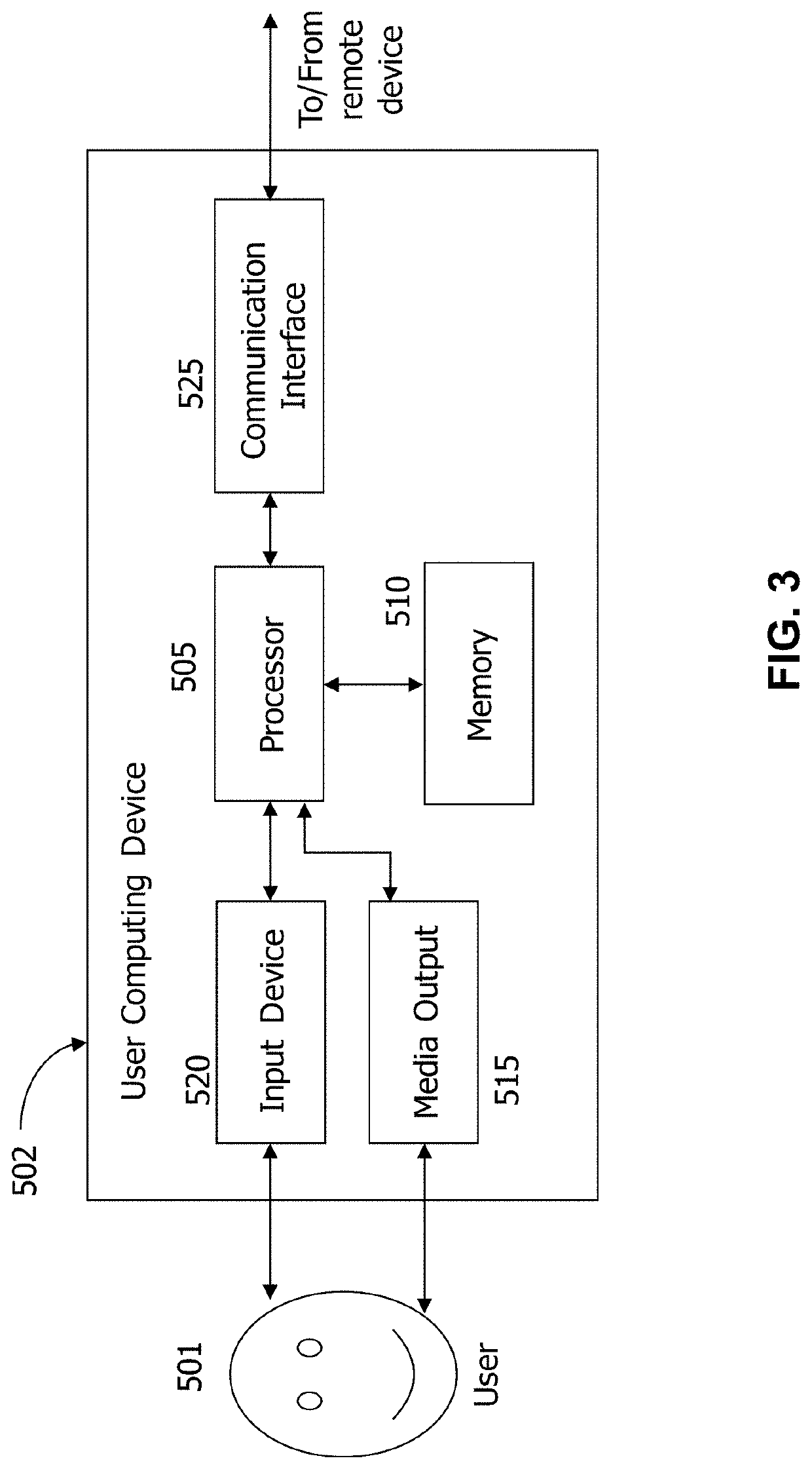Systems and methods for monitoring functional neuroplasticity
a functional neuroplasticity and computer-aided technology, applied in the field of computer-aided systems and methods of monitoring functional neuroplasticity, can solve the problem of inability to describe the time course of fc alterations, and achieve the effect of increasing r-sm1ue al
- Summary
- Abstract
- Description
- Claims
- Application Information
AI Technical Summary
Benefits of technology
Problems solved by technology
Method used
Image
Examples
example 1
[0076]To demonstrate and validate the method of monitoring brain plasticity, the following experiments were conducted.
[0077]To induce FC changes in human participants, we adopted an approach used in classic animal plasticity studies, which imposes sensory or motor deprivation (e.g., monocular deprivation, deafferentation, limb constraint) in a small number of intensively studied. We casted the dominant upper extremity of three adult participants (Subjects 1, 2, and 3) for 2 weeks and tracked changes in FC over 6-9 weeks using daily 30-min rs-fMRI scans (21-32 h of rs-fMRI / participant, 152 scans total; FIG. 5A). This highly sampled, longitudinal approach allowed us to measure disuse-driven plasticity in each individual and replicate results across all participants.
Methods
Human Participants
[0078]Experimental subjects were three healthy, adult volunteers. All denied recent injuries of the dominant upper extremity and any contraindications to MRI (e.g., metallic implants, claustrophobia...
PUM
 Login to View More
Login to View More Abstract
Description
Claims
Application Information
 Login to View More
Login to View More - Generate Ideas
- Intellectual Property
- Life Sciences
- Materials
- Tech Scout
- Unparalleled Data Quality
- Higher Quality Content
- 60% Fewer Hallucinations
Browse by: Latest US Patents, China's latest patents, Technical Efficacy Thesaurus, Application Domain, Technology Topic, Popular Technical Reports.
© 2025 PatSnap. All rights reserved.Legal|Privacy policy|Modern Slavery Act Transparency Statement|Sitemap|About US| Contact US: help@patsnap.com



